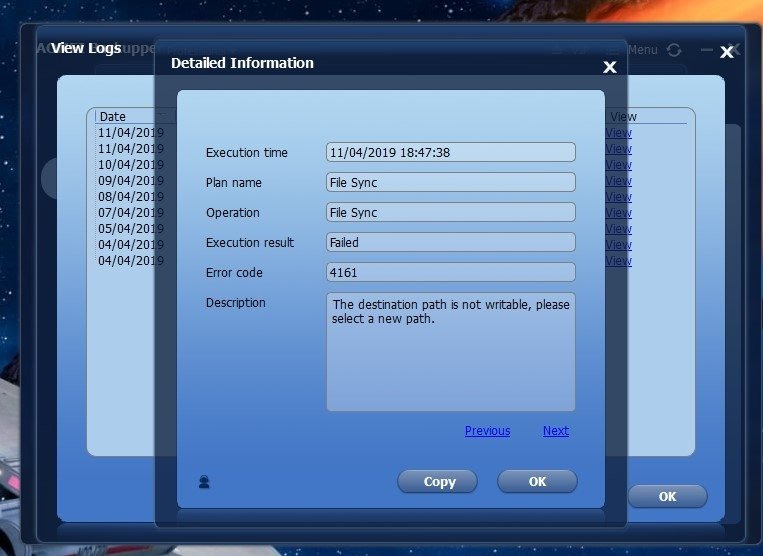
The RealtimeSync component allows you to monitor one of more. The two disks are protected and stored in plastic cases padded with foam. FreeFileSync is a free, open source application that helps you to keep folders synchronized. For the same reason, I don’t use external drives as I recall having read that the drives used are the ones failing the standards for desktop use and are therefore lower grade and more likely to fail. In a low intensity scenario as is mine (the disks are only spun up a couple times a month at best), it’s perhaps not necessary to have the best reliability but it’s certainly a peace of mind and a way to limit risks. They upload each quarter the reliability results from each of their drive pools and HGST always places among the bests in regards to low failure rates.

I personally use HGST 4To drives after having read the reliability results from Backblaze’s website, which is a cloud storage company using consumer grade hard drives in their servers. My current method of backup up my data is to have a local work copy on a SSD drive on my desktop and to create two copies on two separates hard drives which are kept disconnected and stored in a safe place.

This post is the first part of my workflow taking care of preserving the integrity of my data and media files over time.


 0 kommentar(er)
0 kommentar(er)
